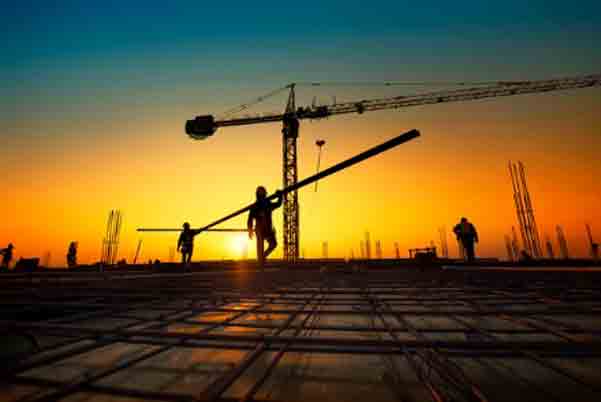INVC NEWS
India is at the peak of enormous urbanization. Publicize to be one of the top three economic powers over the next 10-15 years from now, this diverse the country is watching a rapid influx of people into the urban cities and its peripherals to enjoy better opportunities and modern standards of living.
Urbanization Fuelling Demand
According to industry reports, people living in urban areas will increase from 462 million in 2018 to 600 million in 2030. And a mammoth 5 a million homes per year need to be built from the current rate of 0.5 million per year to accommodate this urban influx.
The real estate market is pegged at $1 trillion by 2030 owing to this huge demand.
Rising disposable incomes and game-changing government initiatives have egged non-urban folks on to embrace modern, smart living opportunities, thus triggering a massive migration tsunami.
It goes without saying that urban influx directly benefits the housing sector and results in a real estate boom. Housing sales volume picked up the post 2011 and real estate enjoyed a purple patch then, with high-rises mushrooming in all major cities including Delhi NCR, Mumbai, Bangalore, Chennai and Kolkata. The demand-supply gap was in place and properties in both premia and affordable range saw a robust appetite among homebuyers.
Easy availability of home loans, decreasing average household size and breaking away from the traditional family structure were some of the factors which gave an impetus to the housing sector.
Commenting on this topic Mr. Neh Srivastava, President – CSSOS “According to market the potential for affordable housing in urban India is huge.91.6 million homes are required by 2021 which will swell to 213 million by 2050. The maximum rise will be seen in the top 10 cities where the demand for the residential market is 80%. However, the recent economic slowdown coupled with GST and RERA reforms changed the business climate of real estate. Demand for real estate slackened for some time and housing prices remained stagnant. To improve the real estate picture, renowned developers are now focusing on affordable homes with decreased floor space to meet the expectations of the customers and this initiative is paying off for them”.
The demand for affordable homes has spiked with volumes outpacing the supply in some cities. People who are migrating to cities are now ready to compromise on floor space since they can at least afford a roof and enjoy the amenities that a modern city offers.
On top of that, the introduction of RERA has fuelled the confidence quotient in new home buyers. But as on date, such options in our top cities are either absent or too far-flung to make real sense for home seekers.
The urban housing demand is projected to reach 4.2 million homes by 2020 for the top eight cities. During the same period, housing shortfall is expected to reach 3 million. How are we going to meet this demand as a nation?
Lack of options ballooning pent up demand for Affordable Housing
Reports say that India’s urban population will contribute nearly 75% of the GDP. However, that prediction can only become a reality when India improves the civic infrastructure systems of its cities. It needs to spend nearly 7-8% of its GDP in infrastructure to make the cities livable. Otherwise, problems like overcrowding, lack of parking space and open spaces and air pollution will continue to plague citizens in metro cities, turning our much-celebrated urban destinations into unorganized living spaces.












